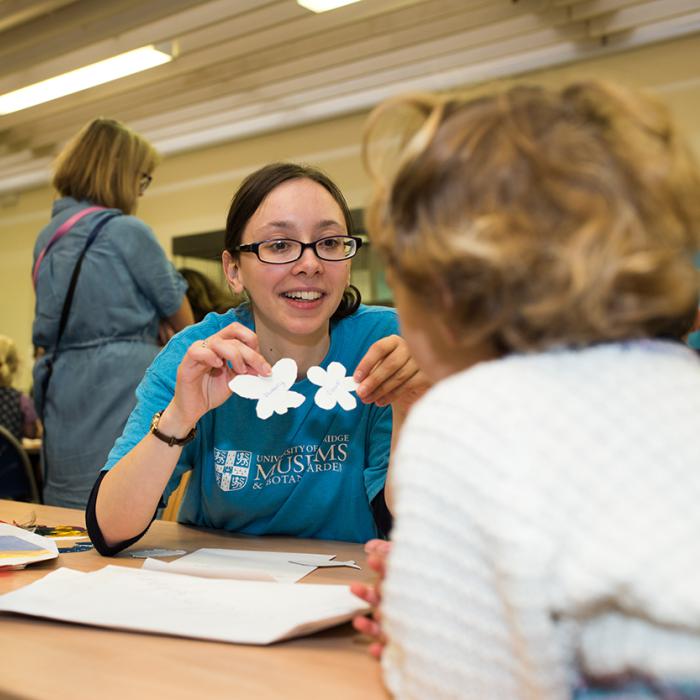Design and make your own beautiful clay tile with real glass tesserae to use as a hanging decoration or a coaster.
Ages 7+
Breckland lies at the meeting of Suffolk, Norfolk and Cambridgeshire and is unique in Britain in its combination of climate, soil and history. It has the closest approximation we have to a truly Continental climate and wind-blown sands of varying depths over chalk, providing inland habitats for coastal plants and a remarkable flora with species whose main distribution is in central and eastern Europe. The land bears the marks of glaciation, some of the most extensive Neolithic sites in Britain, a history of cultivation and abandonment, rare types of farming such as rabbit warren
Using the ‘Reduction Process’ we’ll create a layered image using two sets of autumnal colour palettes.
Day 1
Lauded by artists and gardeners and tracked by plant hunters, the lily has long fascinated for its duality of purity and sexuality. From the Madonna Lily to the exotic Tiger Lily, the ‘herring lily’ to Lilium regale, the latter imported to our shores long after the demise of Henrietta Maria, Rose and Lily Queen. We will explore the lily in paintings, proverbs and poetry, literature and gardens, and will cast our nets wide to include both the aristocratic ‘liliums’ and the more ‘commonly named’ water lilies and day lilies, not to mention lily of the valley
Each week we will explore different ways of drawing using a variety of techniques and prompts. Karin will introduce the class to a wide range of artistic approaches and examples to guide us in developing our own unique visual language. The structured course will lead us from observational drawings of botanical specimens to more imaginative ways of representing plants and nature. Drawing through observation is a great way to develop your creativity and mindfulness.
September in the Garden usually means an abundance of Asteraceae – otherwise known as the Daisy Family. These include bright yellow black centred Rudbeckias, tall lemon yellow Helianthus, russet coloured Heleniums and bright pink Echinaceas. Blue and purple Asters bring a cooler touch to the palette. On this two day course you will create a beautiful portrait of these late summer blooms. Reinhild will help you to choose and arrange the stems on the page, creating a colourful and exciting composition.
Join RHS medal-winning garden designer Paul Herrington, for advice on how to deal effectively with small gardens which have their own practical challenges such as a lack of privacy, heavy shade, poor soil and visually dominant fences or walls. Over three separate half-day sessions Paul will guide you so that you come away with clear ideas of how your garden can look. Paul has designed and created many private, public and health-care gardens over the past 30 years. He has also organised therapeutic horticulture projects for people with physical and psychological health issues.
Join artist tutor Nabil Ali for this fascinating online lecture course explaining how paint and ink can be made using plants and additional organic ingredients. The paint making processes are inspired by historical key technical manuscripts and classical sources using forgotten craftsmens’ ideas and techniques.
The eighteenth-century landscape garden is frequently hailed as being Britain’s greatest contribution to European culture. Its seductively simple formula, made famous by Capability Brown, combined elegance with economic viability, and triumphed over the fashion for French formalism. Its genesis, however, was far from serene.

